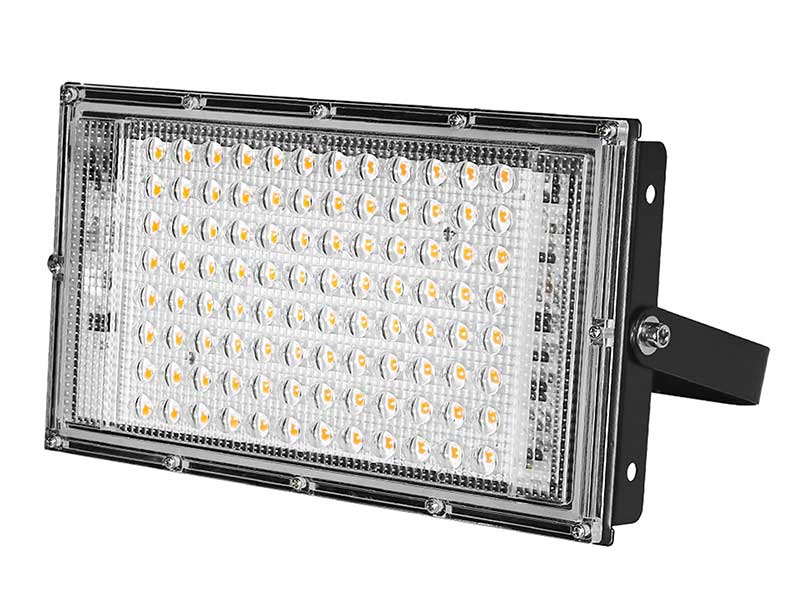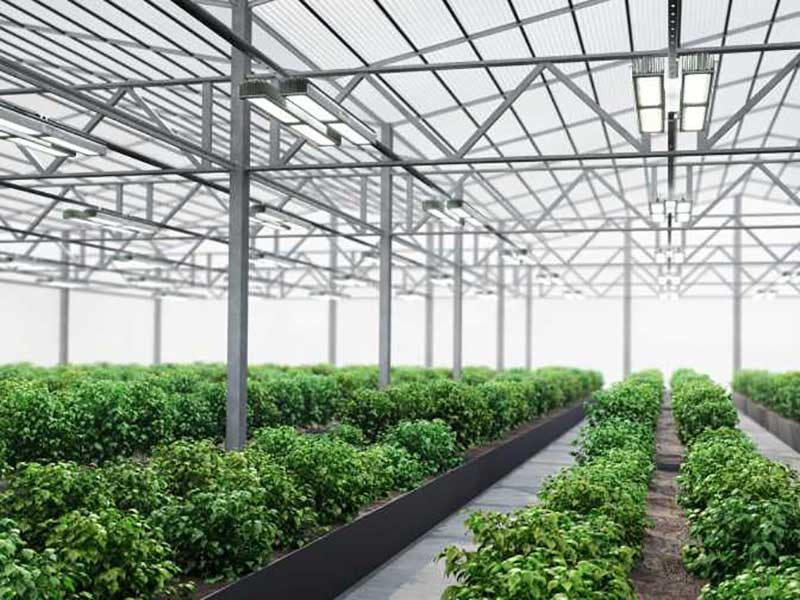Additional lighting calculation and design
Natural sunlight is the cheapest source of light needed for plant growth, however, there are times when little natural light is available, such as the light needed for growing in winter. In this case, additional artificial light is required
Natural sunlight is the cheapest source of light needed for plant growth, however, there are times when little natural light is available, such as the light needed for growing in winter. In this case, additional artificial light is required, which must meet two important requirements:
1) The artificial light source must be of high efficiency (that is, the amount of light energy available constitutes a major part of the energy consumed by the lamp)
2) The light spectrum of the lamp has a suitable composition.

A lamp is a source of electromagnetic wave radiation, of which light is only a small part. This radiation is actually an oscillation with a specific wavelength. For example, ultraviolet (UV) and gamma radiation have "short" to "very short" wavelengths, while infrared (IR) light and radio waves have much longer wavelengths. As mentioned, only a small part of this spectrum is visible light, which has a wavelength of about 380 to 780 nm, and its intensity is expressed based on the sensitivity of the human eye with lux units.
Only a part of this visible light, which is in the range of 400 to 700 nm, has an effect on the phenomenon of photosynthesis (Assimilation) of plants (which is called the PAR range). The speed of the photocenter is determined by the number of light particles (photons) that reach the plant in a certain time. The intensity of this "green light" (light in the PAR range) is expressed in the unit of the number of photons per square meter per unit of time, mmol/m2/s-1. Mole = Avogadro's number = 6.023X1023).
Lux unit can be converted to mmol/m2/s-1 unit with a coefficient depending on the type of lamp or light source. For example, every 1000 lux of natural light is equivalent to 19 mmol/m2/s-1, while 1000 lux of light from a high-pressure sodium vapor lamp (PHILIPS MASTER SON-T PIA Green Power) is approximately equivalent to 1000 mmol/m2/s-1 and The light lux of the metal halogen lamp (PHILIPS-MASTER HPI-T Plus) is equal to 14mmol/m2/s-1.
The important thing when using an artificial light source for plant growth is that the light created is in the "PAR" range as much as possible.

